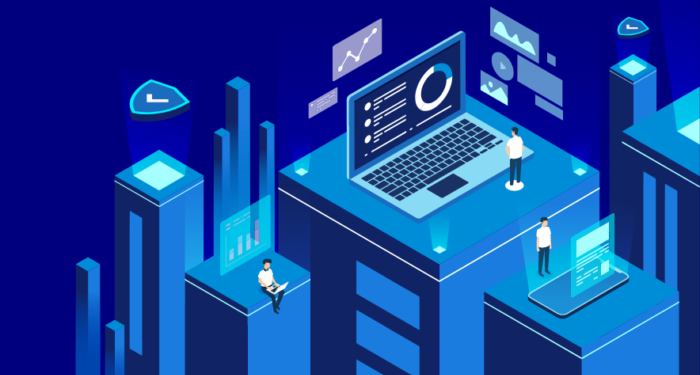businesses face the crucial decision of choosing between software subscriptions and traditional software licenses. Each model offers distinct advantages and challenges, and the right choice depends on various factors including business size, budget, and long-term IT strategies. This article explores the differences between software subscriptions and licenses, helping businesses make an informed decision based on their specific needs.
Understanding Software Licenses
A software license is a traditional model that allows the purchaser to own the software indefinitely. This one-time purchase typically involves a larger upfront cost, but the software can be used indefinitely without further payments, unless updates or support are needed. This model is often preferred by businesses that require stable, long-term software solutions and do not wish to depend on ongoing subscriptions. The main advantage is cost predictability and the potential for long-term savings, as there are no recurring fees. However, licenses can become outdated if the software company does not provide regular updates, and additional costs may incur for upgrading to newer versions.
The Rise of Software Subscriptions
Software subscriptions are increasingly popular, offering businesses access to software on a pay-as-you-go basis. This model generally involves monthly or annual payments and includes updates, maintenance, and sometimes even support. Subscriptions offer greater flexibility and lower initial costs compared to traditional licenses. This can be particularly advantageous for startups and small businesses that may not have the capital for large upfront investments or for businesses that need to scale their operations quickly. Software subscriptions ensure access to the latest technology, as updates are automatically provided by the service provider.
Comparing Costs and Benefits: A Data-Driven Approach
To illustrate the financial implications of choosing between software subscriptions and licenses, consider the following data table that compares the total cost of ownership over five years for a hypothetical business software:
| Year | Initial Software License Cost | Cumulative License Cost (with updates) | Annual Subscription Cost | Cumulative Subscription Cost |
| 1 | $5,000 | $5,000 | $1,200 | $1,200 |
| 2 | $0 | $5,000 | $1,200 | $2,400 |
| 3 | $1,000 (update) | $6,000 | $1,200 | $3,600 |
| 4 | $0 | $6,000 | $1,200 | $4,800 |
| 5 | $1,000 (update) | $7,000 | $1,200 | $6,000 |
As shown, the total cost of ownership can vary significantly depending on the pricing model. The subscription model appears cheaper in the short term but may equal or surpass the license costs over an extended period, especially when updates are infrequent.
Evaluating Vendor Support and Service Agreements
In addition to comparing costs and assessing scalability, businesses must also consider the level of support and service agreements offered by software vendors. These factors can significantly impact the overall value and usability of the software. Subscription models often include continuous support and regular updates, which can be crucial for businesses that rely heavily on software for daily operations. This ongoing support ensures that any issues can be quickly addressed, minimizing downtime and maintaining business continuity. On the other hand, while traditional licenses might not always include extended support, they may offer more control over when and how to update the software, which can be advantageous for companies with highly customized systems. Therefore, evaluating the nature and quality of vendor support is essential when making a decision between purchasing a license or subscribing to a service, as it directly affects long-term satisfaction and operational stability.
Making the Right Choice
When deciding between a subscription and a license, businesses should consider not only the total cost but also factors like cash flow, the importance of staying up-to-date with technology, and the flexibility to switch software solutions without significant sunk costs. Subscriptions may be more beneficial for businesses that expect to grow and scale rapidly, as they allow for easy adjustments to software needs. Conversely, a permanent license might be more suitable for established businesses with predictable software requirements.
Conclusion
Choosing the right software purchasing model is critical for optimizing both financial and operational efficiency. By carefully considering their specific circumstances and the long-term implications of each model, businesses can select a software solution that not only fits their current needs but also supports their growth and adaptation in an ever-changing technological environment. Whether opting for the traditional licensing model or the flexible subscription approach, the key is to align this decision with the strategic goals and financial planning of the company.













































































